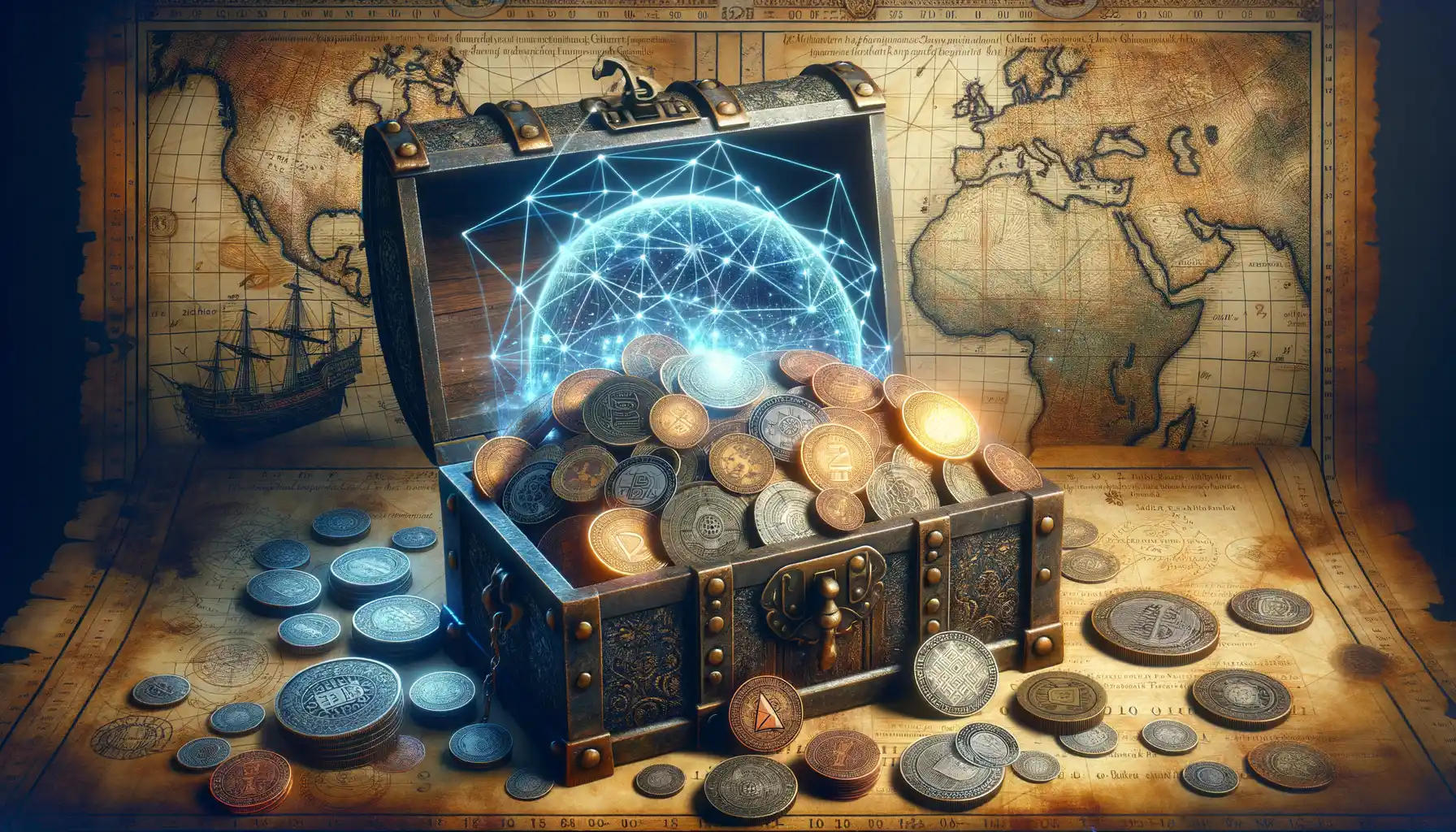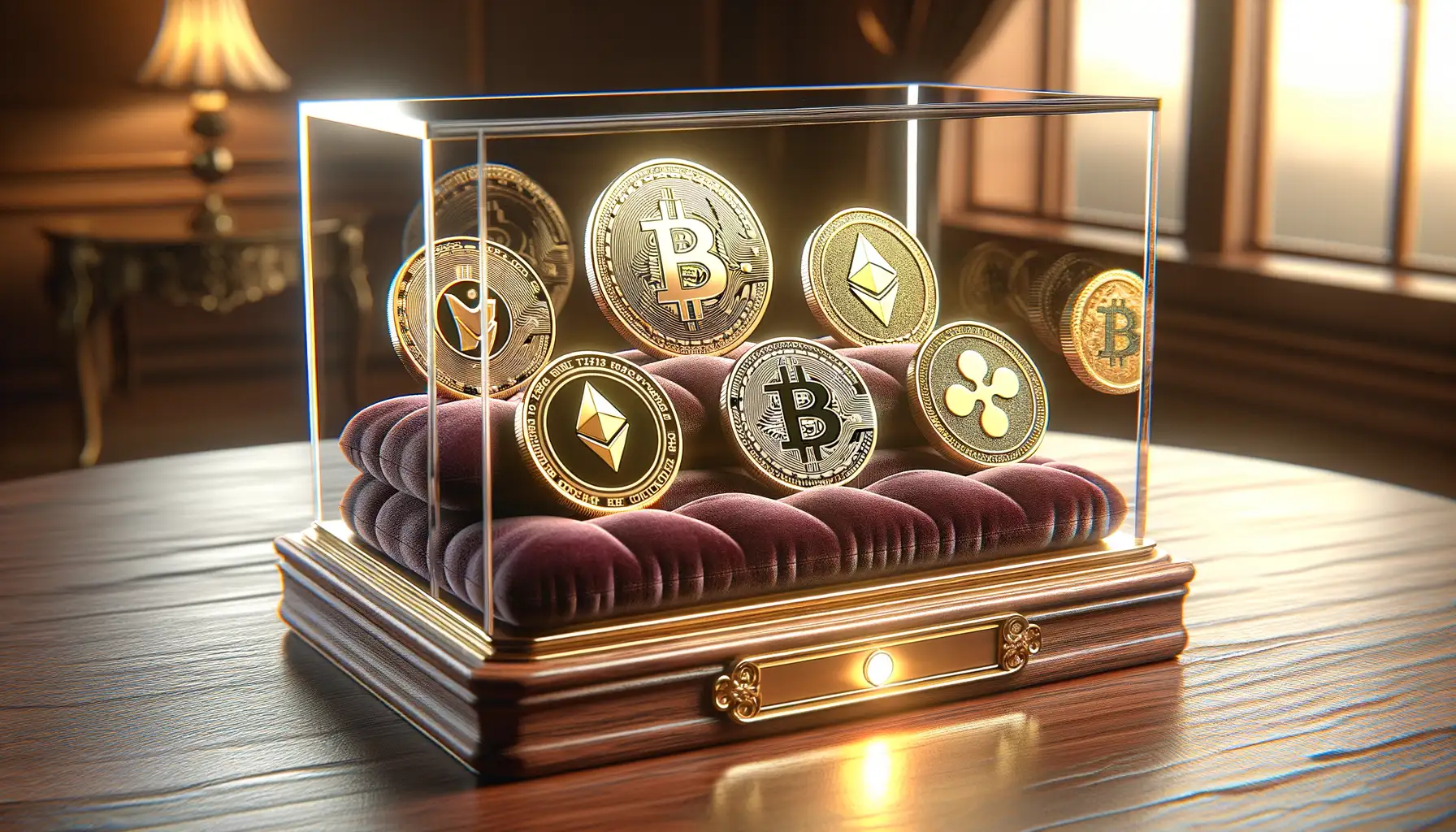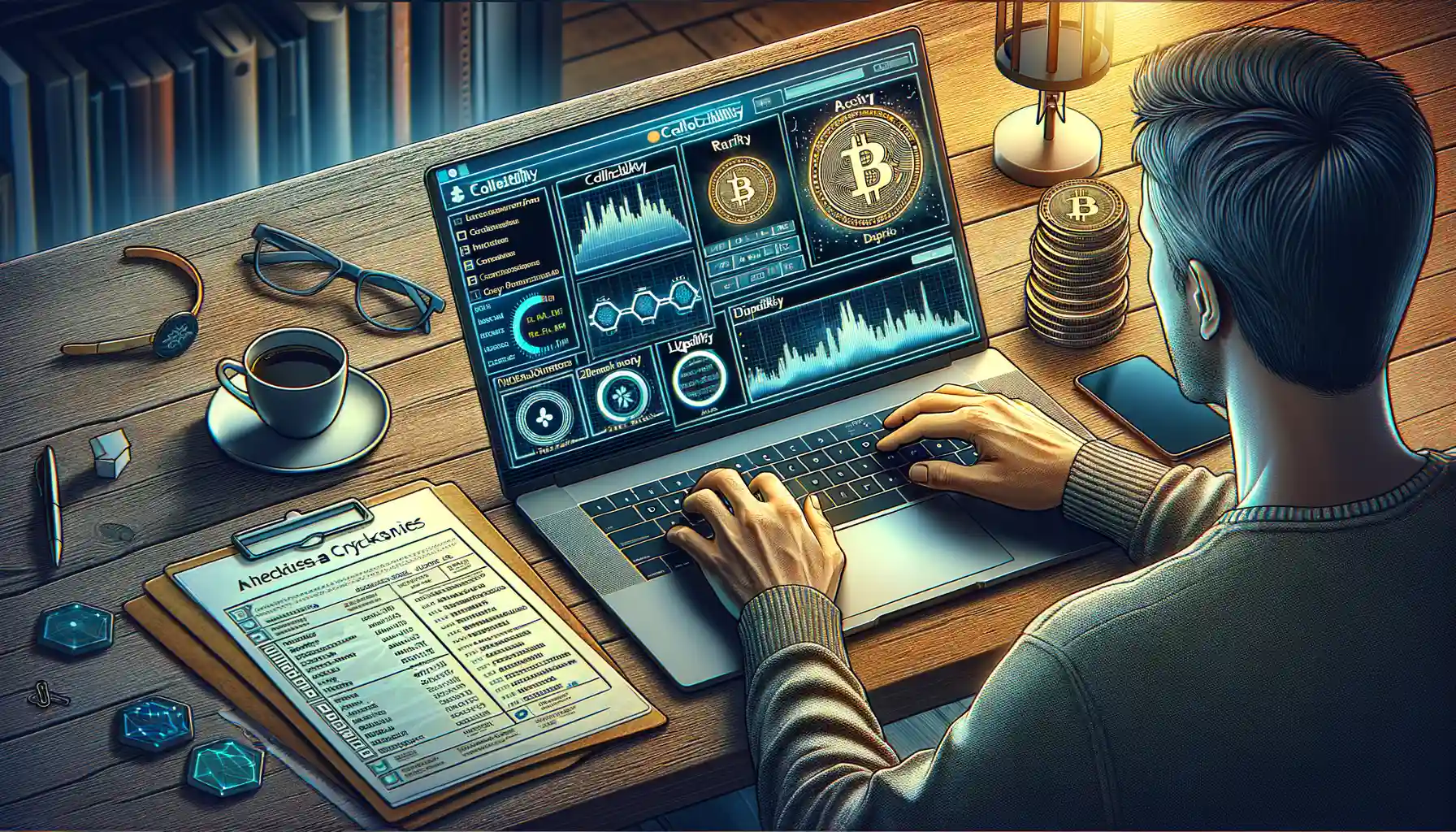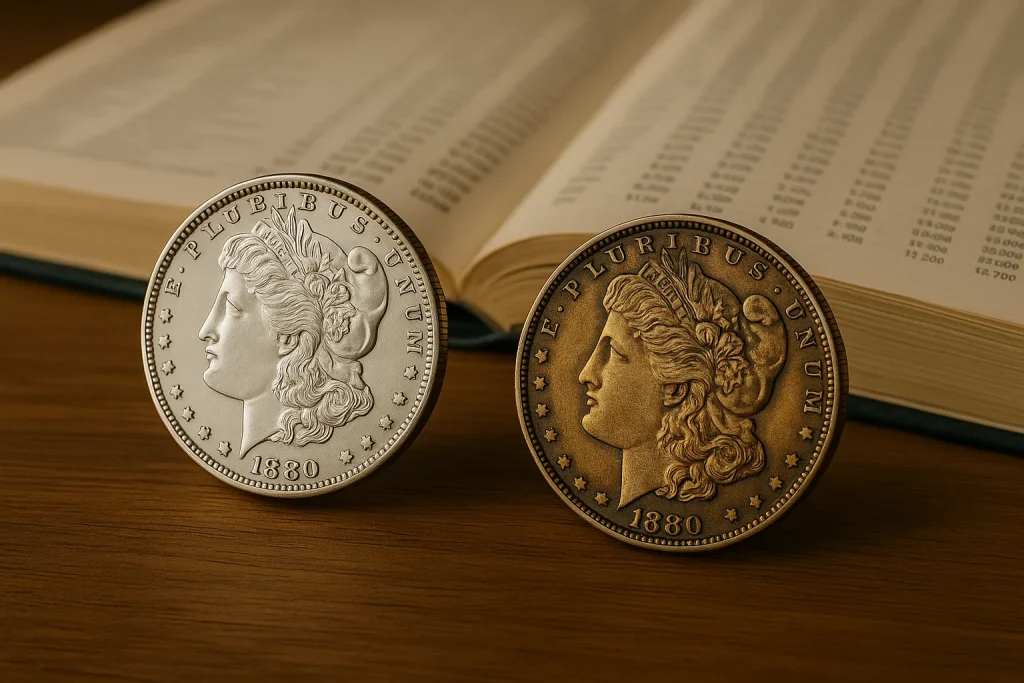Understanding Cryptocurrency and Its Evolution
It’s incredible to imagine how cryptocurrency has gone from a whispered concept among tech enthusiasts to becoming a financial revolution reshaping economies worldwide. But where did it all start, and how did we arrive here? Let me take you on a journey into the captivating world of digital currencies.
The Origins: A Spark That Ignited a Movement
Back in 2009, an enigmatic figure (or group) named Satoshi Nakamoto introduced Bitcoin to the world—a decentralized currency designed to bypass traditional banks and government control. It wasn’t just a “new kind of money.” It was freedom encoded in blockchain. Imagine owning a vault, but instead of heavy iron doors, it’s protected by cryptographic puzzles no one can break. That’s what Bitcoin promised.
Over time, more cryptocurrencies like Ethereum, Litecoin, and Ripple joined the party, each with unique features—from smart contracts to lightning-fast transactions.
A Rollercoaster Ride of Growth
Cryptocurrency didn’t stop at being a payment method—it became an ecosystem. Today, digital coins are not only traded but also treated as valuable collectibles. Think about it like rare baseball cards or comic books, but they exist entirely online! Some reasons why cryptocurrencies gained collectible status include:
- Scarcity: Limited supply creates value, just like gold or rare art.
- Community-driven hype: Online communities rally around certain tokens, boosting their desirability.
- Historical significance: Early coins like Bitcoin are seen as digital artifacts.
From its rebellious beginnings to its current mainstream appeal, cryptocurrency is no longer just a currency—it’s a phenomenon that constantly reinvents itself. And the evolution is far from over!
The Concept of Collectible Value in Cryptocurrency

Why Are Cryptocurrencies Collected Like Rare Gems?
Imagine holding a digital asset that feels as precious as a legendary coin or a rare baseball card. That’s the magic of collectible value in cryptocurrency! Certain cryptocurrencies aren’t just numbers on a screen; they carry a mystique, a story, and often, an emotional pull that turns people into passionate collectors.
Why do they become collectibles? It’s not random—it’s usually tied to factors like their history, scarcity, or even unique quirks within their code. Take Bitcoin, often called “digital gold.” The fact that only 21 million will ever exist makes each one feel like a treasure locked in a chest. Then you have special editions within the crypto world, such as art-infused tokens or coins launched for groundbreaking moments—these are the digital equivalent of owning a painting by Picasso.
Owning collectible crypto is more than investing; it’s like weaving yourself into the fabric of digital history. Who wouldn’t want to be part of that?
Popular Cryptocurrencies with High Collectible Value

The Digital Gems Shaping Modern Collecting
When it comes to cryptocurrencies with high collectible value, there’s an air of excitement and exclusivity that surrounds them. These are not just digital currencies—they are the crown jewels of the blockchain world. People aren’t only buying them for their utility; they’re holding onto them like rare art or vintage wine, hoping their worth will soar over time.
Take Bitcoin (BTC), for instance. It’s the grandparent of all cryptocurrencies, and even though it’s widely used, its historical significance gives it unmatched collectibility. Owning Bitcoin can feel like owning a piece of the internet’s history.
For a more futuristic twist, there’s Ethereum (ETH). It’s the Picasso of crypto—valued not only for its smart contract capabilities but also for its leading role in decentralized applications (dApps).
And let’s not forget some under-the-radar jewels:
- Dogecoin (DOGE): Born as a joke but now adored for its community-driven spirit and cult-like following.
- Litecoin (LTC): Often compared to “digital silver” next to Bitcoin’s “gold.”
These assets have become symbols of innovation, cultural movements, and even personal identity for many investors.
How to Assess the Collectibility of a Cryptocurrency

Unveiling the Magic Behind Crypto Collectibility
Assessing whether a cryptocurrency has genuine collectible value can feel like searching for hidden treasure, but with the right tools, you can uncover those gems. So, where do you begin?
First, look at the story behind the coin. Does it have a unique creation story or historical significance? For instance, Bitcoin, the pioneer of all cryptocurrencies, holds sentimental and cultural weight because it was the first to revolutionize financial systems. Similarly, coins like Dogecoin started as a joke but gained cult status due to their irresistible charm.
Essential Factors to Evaluate
When diving into the collectibility of a cryptocurrency, consider these key points:
- Rarity: Limited supply drives demand. Coins with a hard cap (like Bitcoin’s 21 million) tend to be more desirable than those with endless minting potential.
- Utility: A collectible coin should serve a purpose or anchor itself in a larger ecosystem. Is it tied to NFTs, gaming, or cross-border transactions?
- Community Passion: Vibrant communities are the heartbeat of collectible cryptocurrencies. Check their social media channels—are users buzzing with excitement and actively engaging?
Don’t forget market trends! Icons like CryptoPunks reached legendary status by riding cultural waves and the appetite for exclusivity. As with any collectible, timing and storytelling are everything.
Future Trends in Cryptocurrency and Its Economic Potential

The Rise of Cross-Border Financial Freedom
Imagine a world where sending money across borders feels as seamless as pressing “send” on an email. That’s the promise of blockchain technology and cryptocurrency. As traditional financial systems buckle under the weight of slow, expensive processes, cryptocurrencies like XRP and Bitcoin are rewriting the rules of international finance.
A growing trend? Governments and institutions experimenting with their own digital currencies—Central Bank Digital Currencies (CBDCs). Countries like China are already piloting digital yuan programs, while others race to catch up. The result? A future where we may not even touch physical money anymore.
But it’s not just about payments. Cryptocurrencies are beginning to fuel innovation in industries like gaming, real estate, and art. With NFTs and tokenized assets, owning a piece of virtual real estate or a rare collectible might soon become as common as buying stocks.
- Fast, borderless payments revolutionizing remittances for families worldwide.
- Tokenization bringing investment opportunities to smaller wallets—owning fractions of high-value assets!
Decentralized Economies: Power Back to the People
What if economies weren’t ruled by big banks or corporate titans? Decentralized finance (DeFi) is making that a reality. Platforms like Ethereum and Cardano are leveling the playing field, offering loans, savings accounts, and investments—all without needing traditional banks.
The next wave? Layer 2 solutions that turbocharge blockchain speed, eliminating frustrating bottlenecks. Imagine a future where Ethereum handles millions of transactions per second without breaking a sweat!
Combine this with advances in renewable energy powering greener mining operations and suddenly, cryptocurrency isn’t just futuristic—it’s sustainable too.




